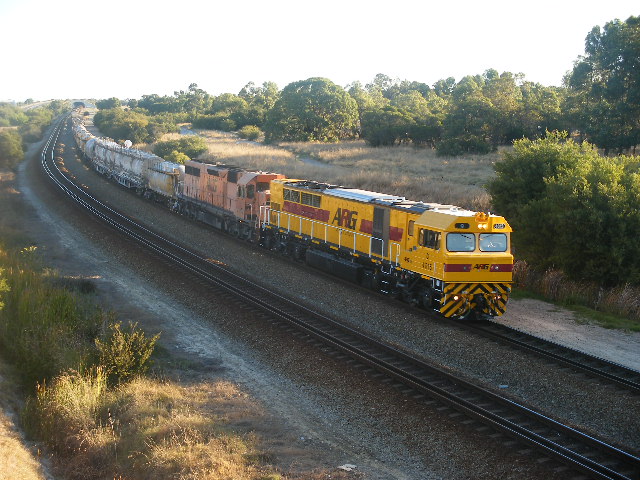
U.S. intermodal volumes dropped 5.9 percent in May. Intermodal freight transport involving freight shipped in intermodal vehicles or containers uses truck, ship and rail to deliver goods to market. Total carloads dropped 2.1 percent, largely due to the uncertainty over trade between the U.S. and Mexico and China.
Drop in Intermodal and Carload Volumes
The Association of American Railroads reports that U.S. railroads handled 1.3 million trailers and containers in the month of May; this figure is a 5.9 percent reduction from volumes in May 2018. Meanwhile, the country’s carloads fell to 1.3 million, a 2.1 percent decrease, year over year. The combined totals for May carloads and intermodal volumes dropped 4.1 percent to just 2.6 million compared to May 2018.
The vulnerability of rail traffic comes from a variety of factors. This includes weather and operational challenges that have plagued the industry. Flooding in the Midwest hindered rail operations for both the railroads and those bringing goods to market. Even more impactful, there’s a lot of uncertainty around what will become of the industry if trade wars with Mexico and China continue to limit American markets. Higher tariffs disrupt international trade and lower output in the U.S.
Changes in Rail Markets
Many rail markets are changing as well. For example, in Texas locally sourced frac sand has decreased the need for sand that used to be shipped in by rail. In fact, reduced sand movements have decreased the total carloads in the past year. Year-to-date, U.S. rail volumes came to 11.4 million intermodal units and carloads as of June 1. This is a drop of 2.4 percent from the first five months of 2018. U.S. carloads fell over 2 percent to 5.5 million, while the U.S. intermodal units decreased by the same percentage to 5.8 million trailers and containers.
Outlook for the Rest of 2019
Economic and trade factors continue to spark uncertainty for the rest of 2019. However, U.S. railroads believe that rail volumes will spike upward for the last half of the year. This could alleviate declining volumes as could clarity in the treat status between the U.S. and China and Mexico.
